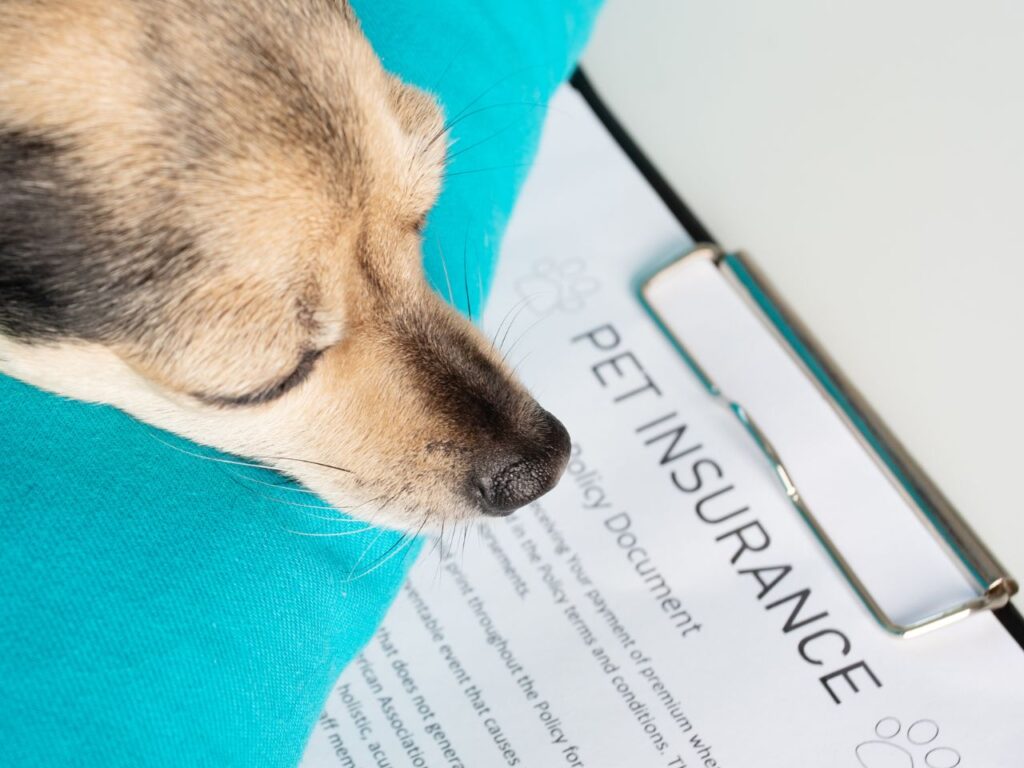It is a widely known fact that domesticated dogs’ ancestors were carnivores, hunters in fact. So there is no surprise when they come to you looking for a nice treat off of your plate. However, there are foods you would not feed your dog. At some point, you may have looked at the ingredients on the back of your fur baby’s dog food. With common elements such as beef, chicken, and grain, but never pork. Noticing this, you may ask yourself, “Should I not feed pork to my dog?”
You should never under any circumstance feed raw or undercooked pork to your pets. This is because of the pork worm, which can cause a parasite infection called trichinosis. A disease commonly transmitted by pork meat and other raw meat is infected with the trichinella spiralis larvae. On the contrary, cooked pork is acceptable to feed your dog, provided it is relatively plain. Avoid giving them cooked pork that has onions, garlic, nutmeg, or their respective powder. These, in particular, can be highly toxic to dogs if ingested.
This article will discuss the expected effects of feeding pork to your dog and some of the drawbacks to providing even cooked pork and other pork products such as ham or bacon to your dogs as well. So without further ado, let us learn all we can today!

Can I Feed My Dog Pork?
As long as the pork is fully and evenly cooked, there should be no cause for concern. However, if your dog has accidentally consumed raw pork, it may be at risk of contracting trichinosis, which can be a deadly infection. Usually, you only have to be worried about dogs that have a weak immune system, but that does not mean all dogs are clear from this parasite. If your dog had consumed raw pork, be on the lookout for the symptoms of trichinosis.
These include:
- Upset Stomach
- Vomiting
- Diarrhea
- Fever
- Lethargy
- Muscle inflammation
- Stiffness
If your dog shows any signs, take them to a vet immediately.
On the contrary, feeding your dog fully and evenly cooked pork is fine. Be sure that the pork is not seasoned with garlic, onion, or nutmeg, including its respective powders. Garlic and onions are part of the same vegetable family called alliums, which contain thiosulfate, and are toxic to dogs but not humans. Nutmeg, however, is just poisonous for dogs and should not be consumed.
If you decide to feed your dog unseasoned, fully cooked pork, it is best to serve it to them in small quantities when starting. Like any new food, you should always do this and look for any adverse reaction. Like pork, lamb, and rabbit, certain meats are more likely to cause allergic reactions than the typical beef or chicken. Pork also has a lot of a specific type of fat that is very difficult for dogs to digest, leading to indigestion problems and inflammation of the pancreas.
Can I Feed My Dog Ham or Bacon?
The simple answer to both of these meats is no. The World Health Organization discovered in 2015 that processed meats like bacon and sausage were suspected carcinogens related to cancer. Bacon is an extraordinarily nutritious and fatty food with a high salt content that can be too much for a dog’s stomach. A significant amount can result in pancreatitis, which can be fatal.
Ham also has a dangerously high salt level, which can induce excessive thirst, leading to bloat, a potentially lethal disease. Bloat happens when a dog’s stomach becomes clogged with gas, food, or liquids, causing it to swell. Dogs may get dehydrated and consume an unhealthy volume of water due to the high salt content of ham. Other organs are placed under stress, which has the potential to be fatal. Even though pork, ham, and bacon are all made from the same animal’s flesh, certain variations are to be mindful of.

Can I Give My Dog a Pork Bone?
When you finish up a pork chop or your family just finished up a leg of ham, you might consider giving your dog the bone. While dogs typically love to chew on bones, you should never provide pork bones to dogs, whether raw or cooked. When the dog chews on pork bones, either untreated or cooked, they are likely to splinter and break. Tiny parts of the pork bone can be eaten by the dog, causing coughing, bowel blockages, or damage to the esophagus or intestines. Many of these scenarios are particularly unsafe.
If you are looking to give your dog a bone, there are a few options. If you want to provide them with an authentic bone, look for large, raw cow bones. The bone must be large enough so your dog can not swallow it, and it must be uncooked. All cooked bones become fragile and can snap, break, and splinter quickly. If your dog eats any of these fragments, they can cause lacerations in your dog’s digestive tract, which can become fatal. An excellent alternative to a natural bone is a large, high-quality, edible dental bone. These can be purchased relatively cheaply and provide your dog with hours of downtime to chew their new treat while providing improved dental care by helping the dog have less plaque build-up.
What Meat Can I Feed My Dog?
1. Chicken & Turkey
Now that pork is primarily out of the question let us look at other meats that your dog will enjoy, with the typical chicken and beef at the top followed by turkey. If you want to feed your dog a treat, consider chicken or turkey. When prepping this poultry for your dog, be sure not to season them and boil them to completion. Most seasonings are harmful to dogs, and cooking the chicken ensures all of the protein and nutrition your dog needs stay within the meat. While this may seem bland to you, remember dogs love the taste of meat on its own.
2. Ground Beef
For ground beef, there are a few ways you can go about this. You are firstly going to be boiling it. This may sound strange to some, but your dog will love it. Add the ground beef to a skillet or pan, break it up, spread it to fill the pan, then cover it with water and bring it to a boil. Turn the heat down and let it simmer till the beef is no longer pink. You can then choose to strain it or not. Either way, your dog will thoroughly enjoy this delicious and safe treat.
You can also saute ground beef with a fair amount of vegetables like carrots and or zucchini. When cooking the meat like this, make sure to use only a minimal amount of olive oil of around 1 or 2 tablespoons, and make sure it is more beef than veggies. Try not to go over one or two tablespoons of veggies per 1 cup of beef.
3. Beef Steak
For beef steak, the best way is to saute it well done in a small amount of olive oil, and you can choose to lightly pepper and salt the steak if you wish; however, your dog would not mind either way.
Final Thoughts
While you can choose to feed your dog pork, it is not the best option for them. As long as it is fully cooked and with little or no seasoning and in small amounts, your dog will be healthy and happy for its treat. That being said, there are much better and safer alternatives than pork like chicken and beef. Just remember not to add seasonings, it may seem bland to humans, but remember dogs mostly do not care what they eat, including poop!










